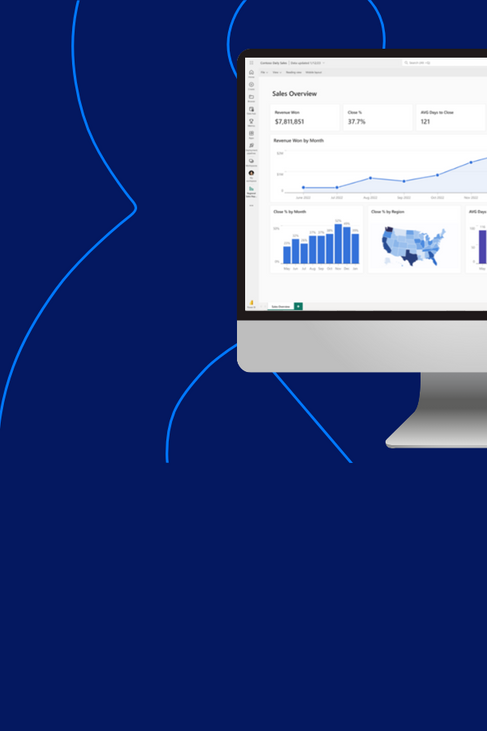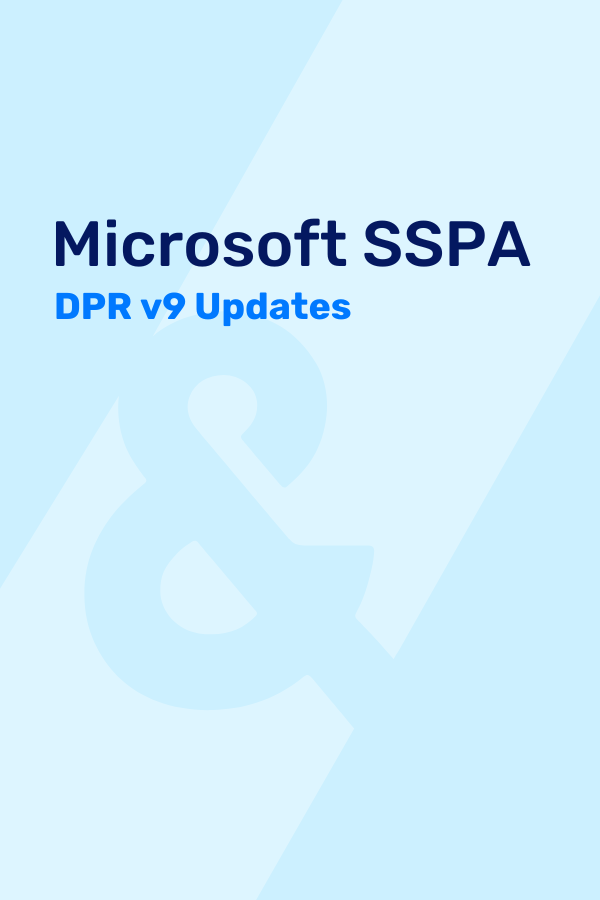SC&H Group was also recognized as a Top 100 firm on the publication’s 2022 annual rankings list.
SC&H Group, a leading management consulting, audit, and tax firm, was named the fastest-growing firm for organic growth and the third fastest-growing firm in the country by INSIDE Public Accounting (IPA). SC&H Group was also recognized as a Top 100 firm in the publication’s recently released annual financial performance analysis and rankings of the nation’s largest public accounting firms.
“SC&H Group’s growth and 1st placement on the prestigious list this year speaks volumes to our team’s dedication and consistency,” said Pritpal Kalsi, CEO of SC&H Group. “I am grateful to our colleagues and clients for continuing to help build on our people-first promise.”
Now in its 32nd year, the annual IPA national practice management survey draws participation from nearly 600 of the largest firms. The leader in data collection for the public accounting profession since 1990, IPA boasts a 92% return rate of participating firms.
“Despite the many headwinds of change and disruption facing the US economy, the nation’s largest public accounting firms are facing unprecedented demand for their services,” said Mike Platt, principal with INSIDE Public Accounting. “As client companies maneuver to navigate supply chain disruption, staffing shortages, inflation and return-to-work policies post-COVID, the nation’s largest accounting firms are helping to guide the way, truly becoming hands-on advisors to their clients and moving significantly beyond traditional compliance work.”
View the full IPA 2022 rankings here.
About INSIDE Public Accounting
INSIDE Public Accounting (IPA) is a leader in practice management resources for the public accounting profession. IPA offers training, a monthly practice management newsletter, and four national practice management benchmarking reports every year. IPA has helped firms across North America grow and thrive since 1987.
About SC&H Group
SC&H Group is a nationally recognized management consulting, audit, and tax firm serving clients from rapidly growing private sector businesses to Fortune 500 companies with global brands. The firm’s strategic practices provide leading-edge thinking and advice that transform our clients’ businesses and help them outpace the competition. We embrace the future and help clients prepare, innovate, and evolve their businesses in this complex and highly competitive world. For more than 30 years, SC&H Group has demonstrated its commitment to delivering powerful minds, passionate teams, and proven results on every engagement. Learn more at www.schgroup.com.





